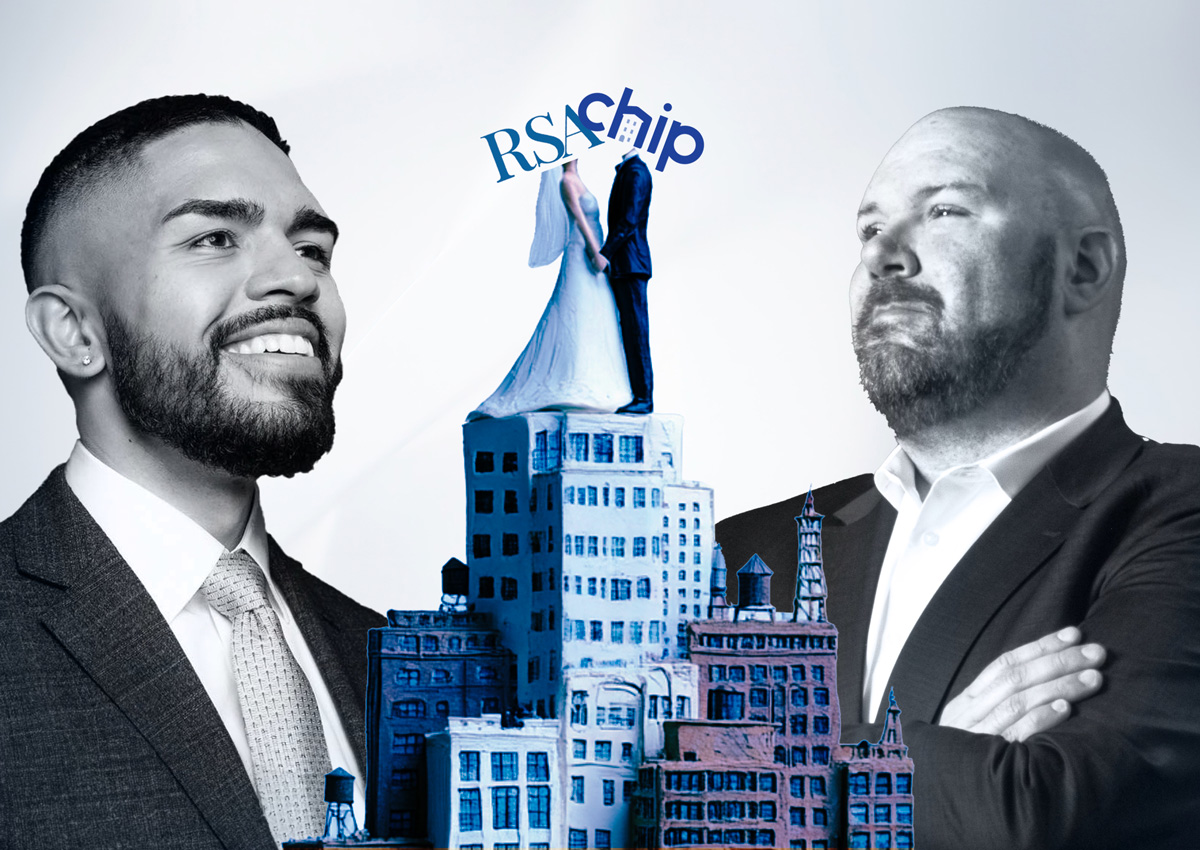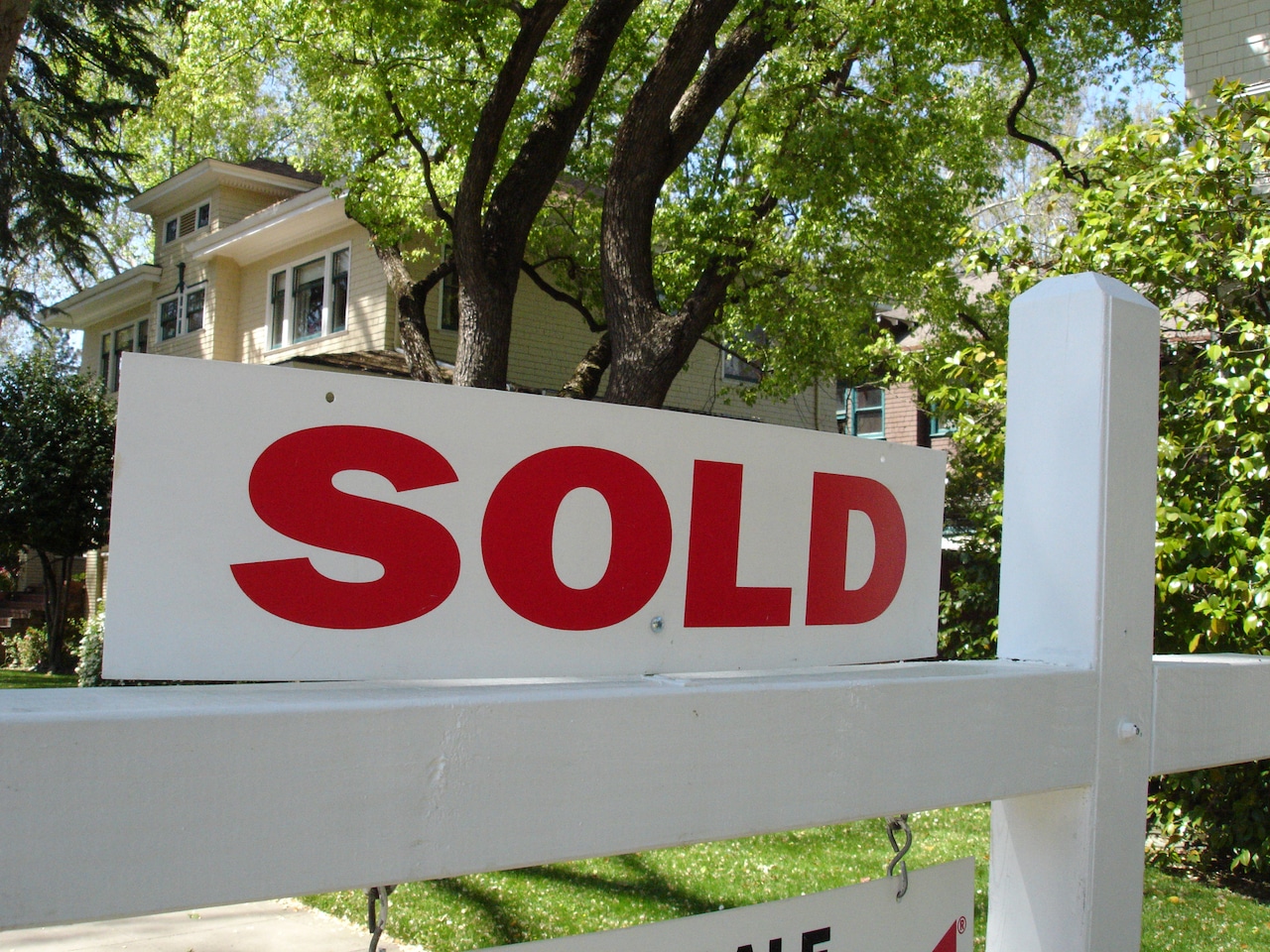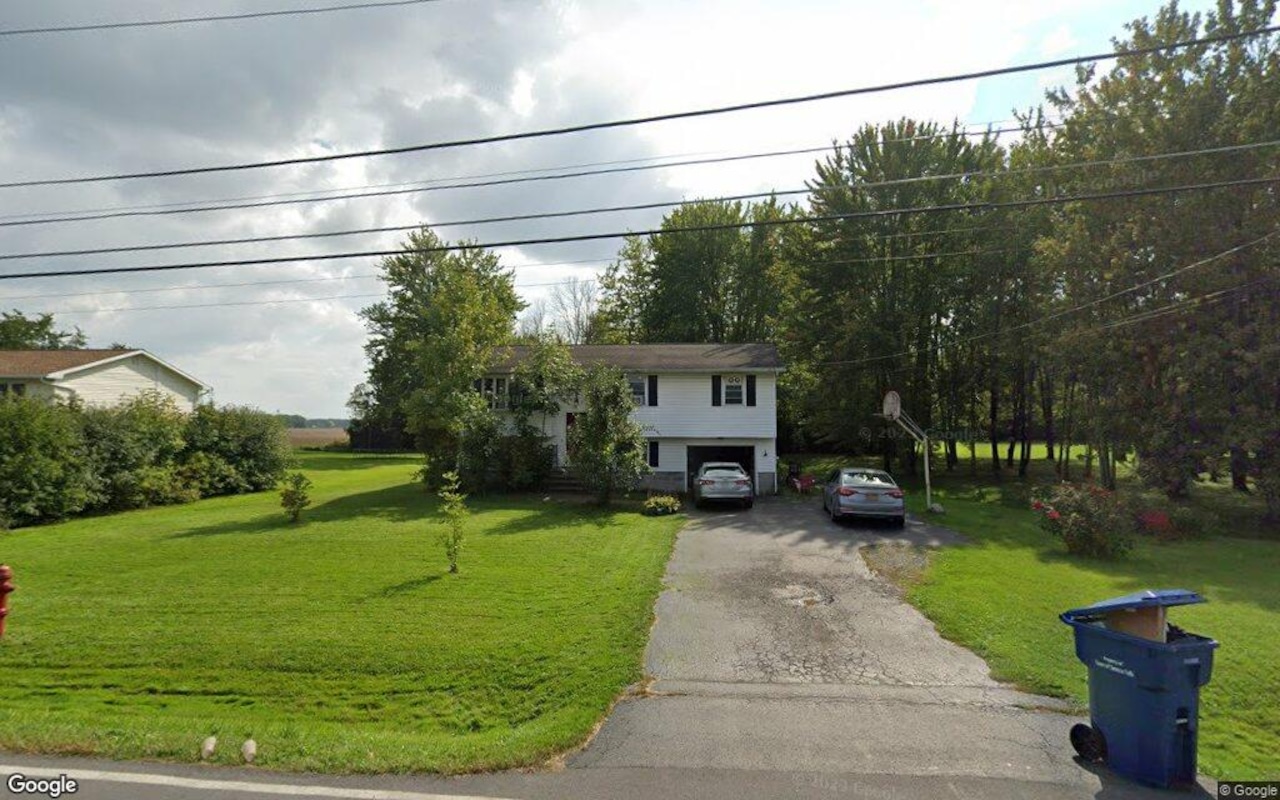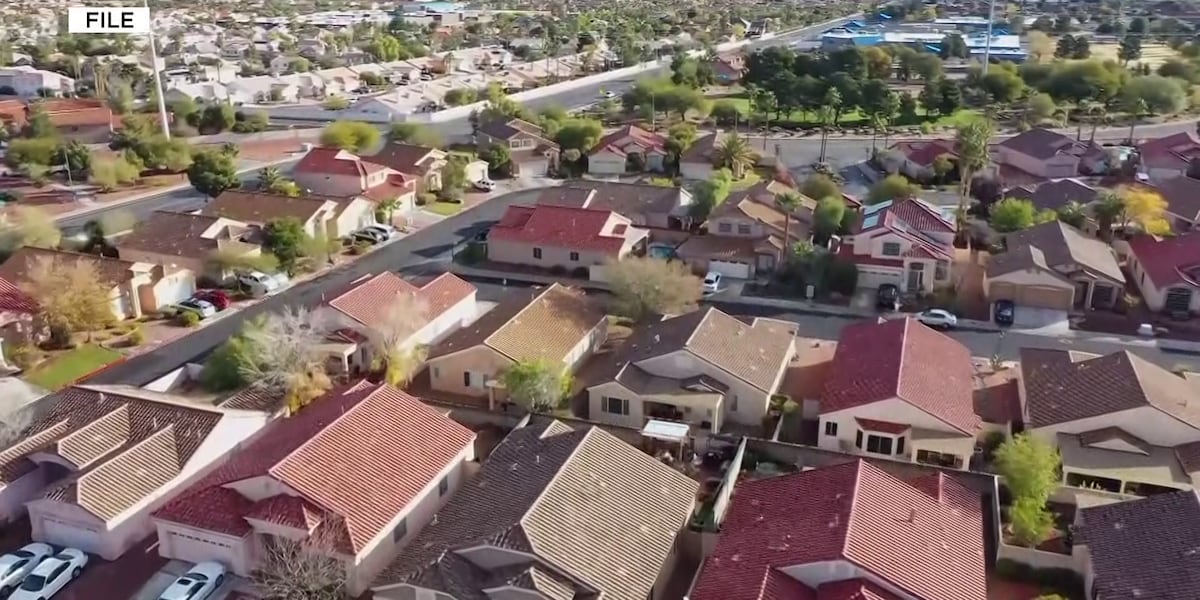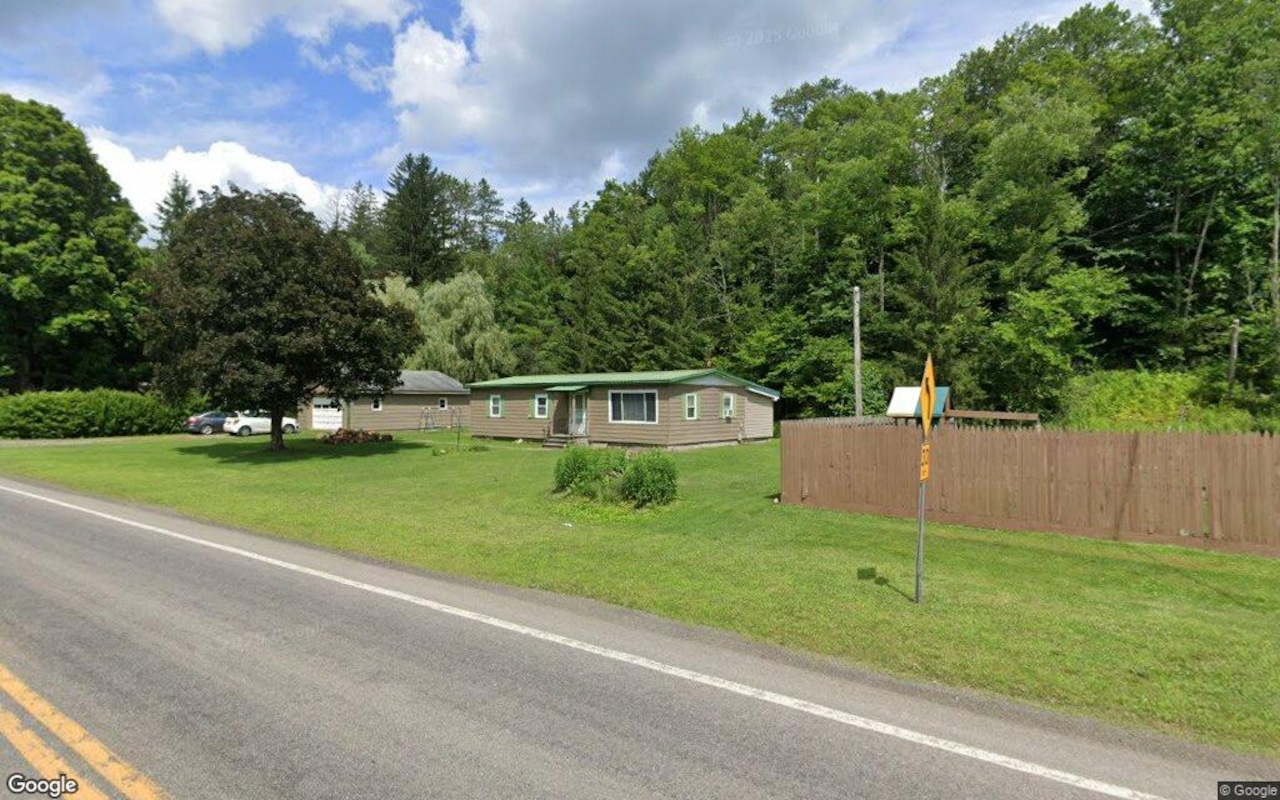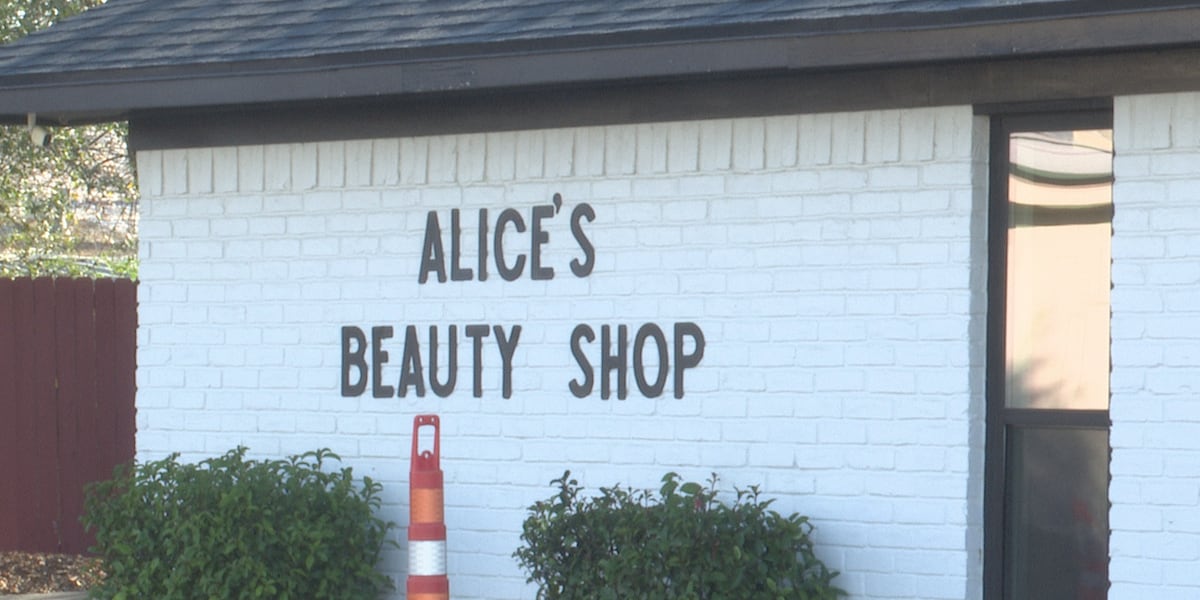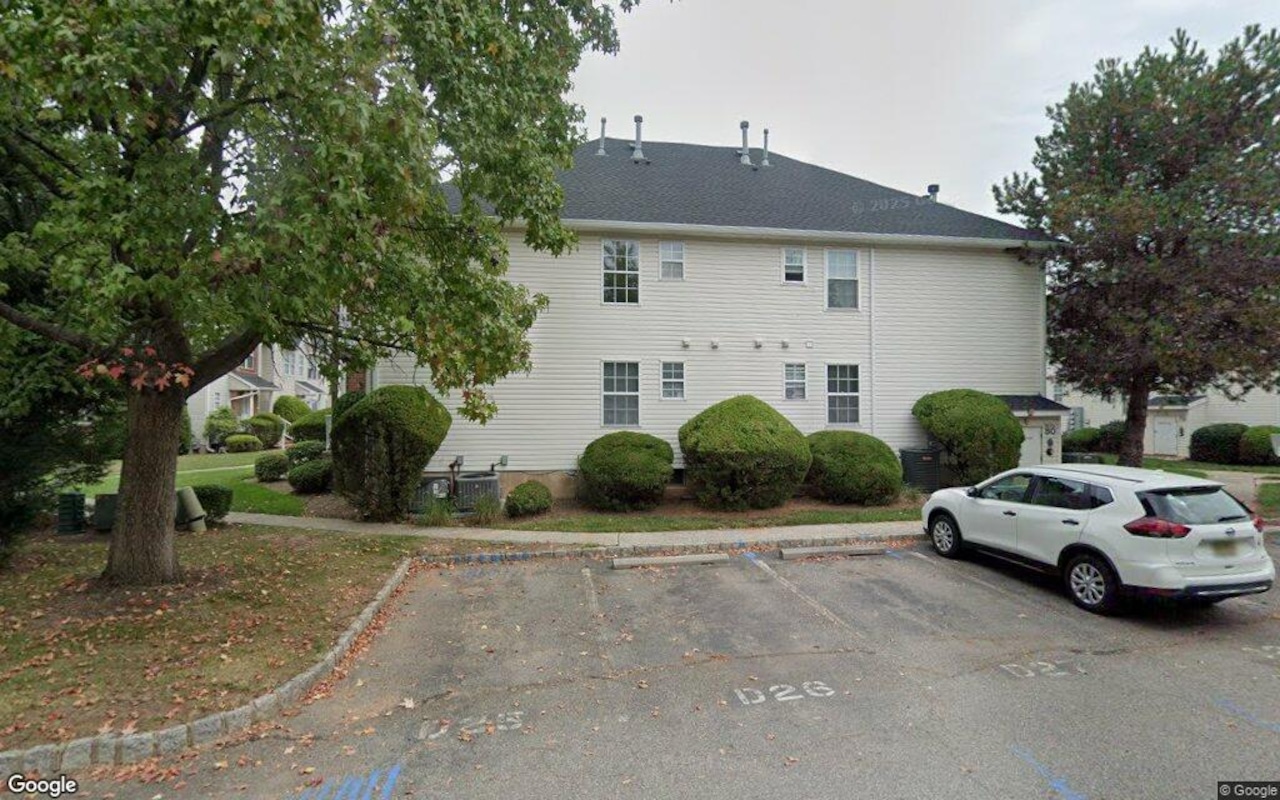T
he New York Apartment Association (NYAA) is set to make a significant debut in the real estate trade groups' landscape. This new organization has been formed as a result of a merger between the Rent Stabilization Association (RSA) and the Community Housing Improvement Program (CHIP), which are both representative of owners of rent-stabilized buildings in New York City. This merger was officially approved last month by Attorney General Letitia James, and the NYAA has filed a certificate of merger with the Department of State.
Despite some resistance from RSA members who raised concerns about CHIP's financial status and feared that small owners' voices would be overshadowed in the merged organization, both groups' boards and members voted in favor of the merger. This week, the NYAA is expected to unveil their new status as a unified entity.
This merger marks a new chapter in the real estate trade groups' history, aimed at strengthening landlord advocacy. CHIP and RSA have shared many common interests and have collaborated on several initiatives, including an unsuccessful lawsuit challenging New York's rent regulation system.
Leading the NYAA will be former Assembly member Kenny Burgos, who represented the South Bronx and stepped down from the Assembly in July to prepare for this new role. Joseph Strasburg, who has served as RSA's president for 30 years, will transition into a consultant role within the NYAA. Jay Martin, CHIP's executive director, has expressed his commitment to continue lobbying on behalf of owners, although his specific role within the NYAA remains unclear.
Representatives from both groups have not responded to requests for comment. CHIP was founded in 1966, while the RSA was established three years later alongside New York's rent stabilization regime. Despite CHIP's initial head start, RSA grew significantly in terms of spending power. In their latest available tax filings (for 2022), RSA reported $7 million in revenue and $51.6 million in net assets, while CHIP reported $2 million in revenue and $1.6 million in assets.
The memberships and agendas of both RSA and CHIP overlapped, as they both opposed good cause eviction, a version of which was passed by the state legislature this year. They also sought rollbacks to the severely restrictive rent reform that became law in 2019.
It remains to be seen how the NYAA will approach issues differently from its predecessors. The new name clearly indicates that the group represents landlords, a departure from the monikers RSA and CHIP, which sounded more like government entities or nonprofits providing housing assistance to low-income New Yorkers. As Martin relentlessly broadcasts on social media, rent-stabilized housing is private and not subsidized.
